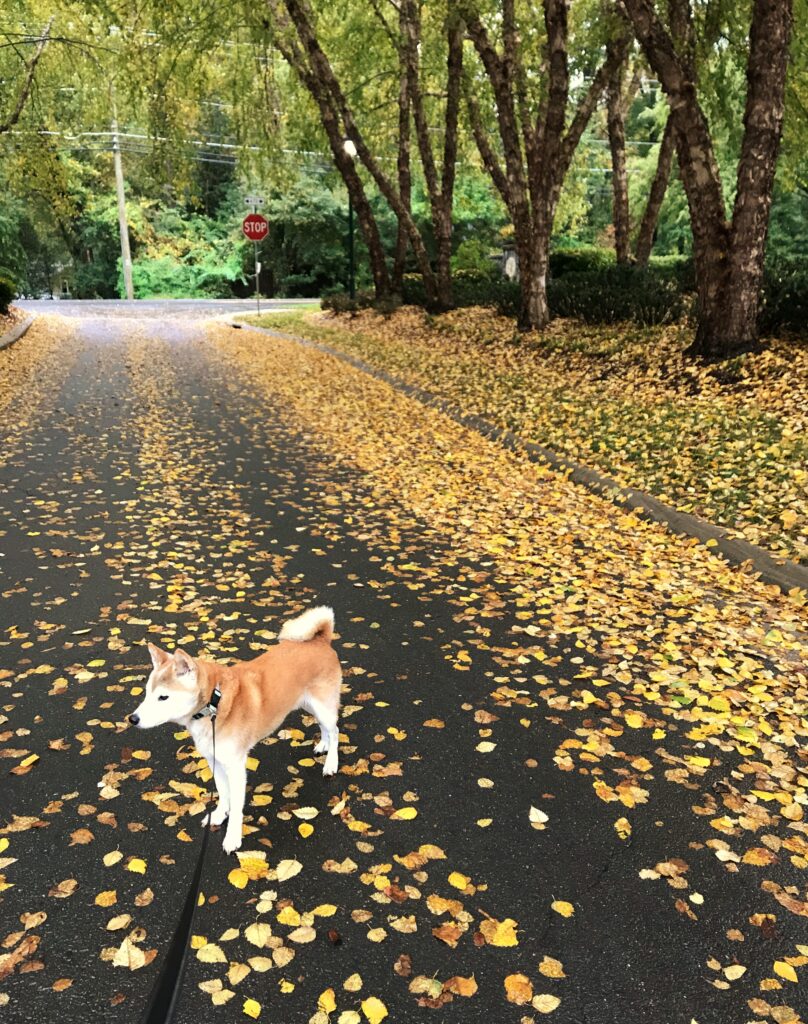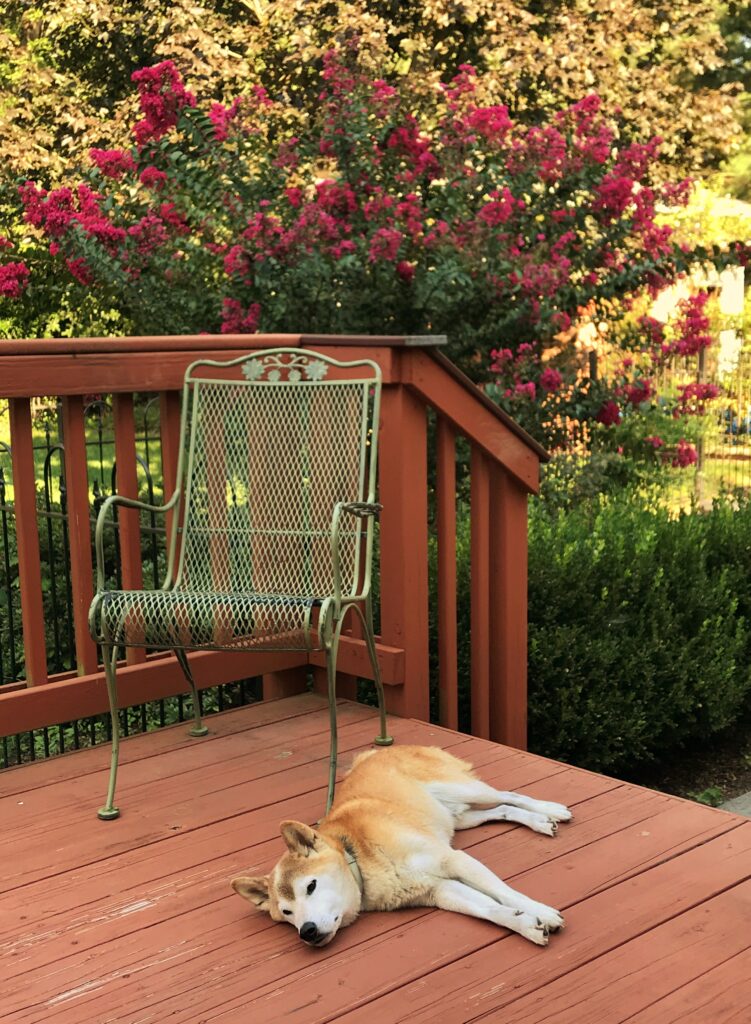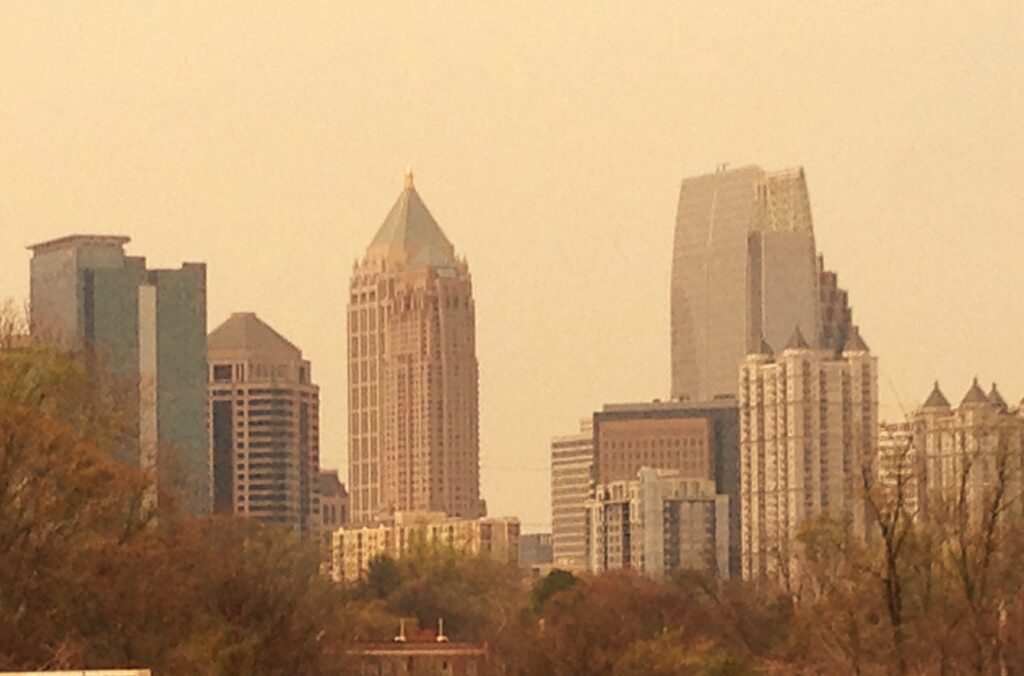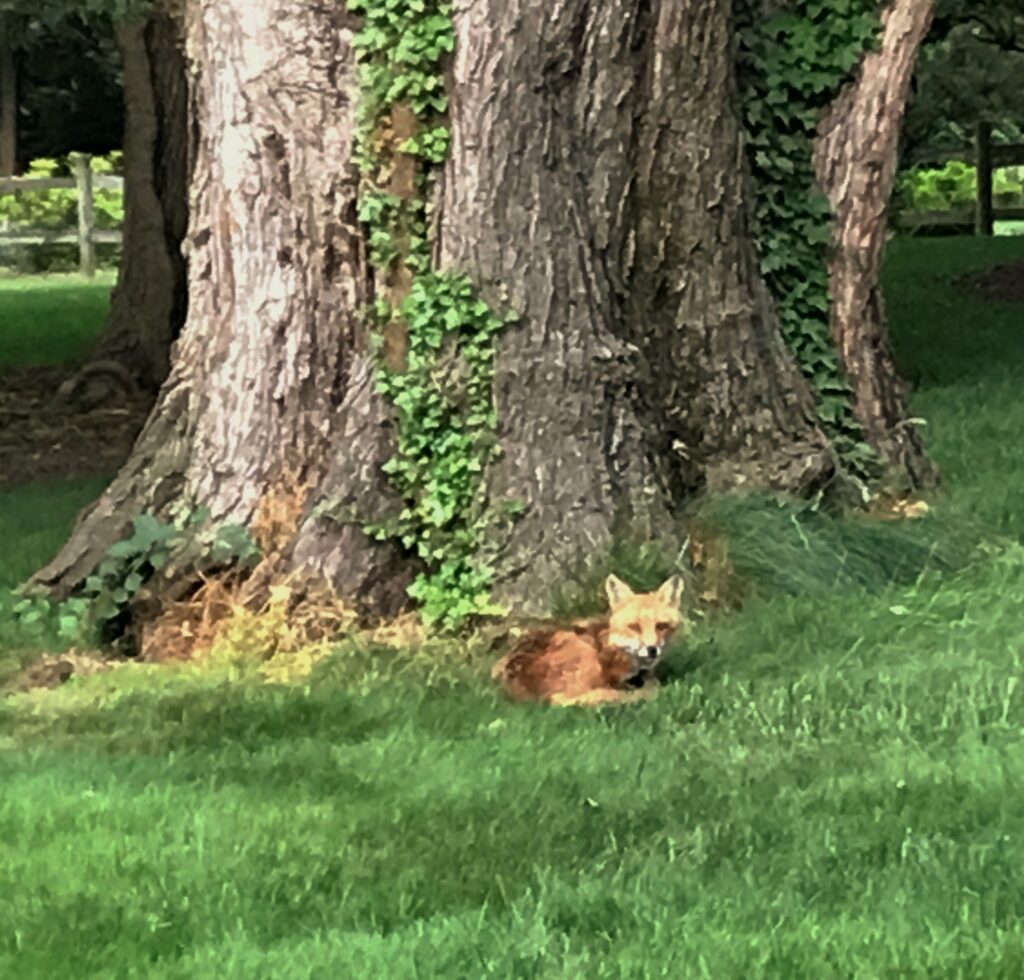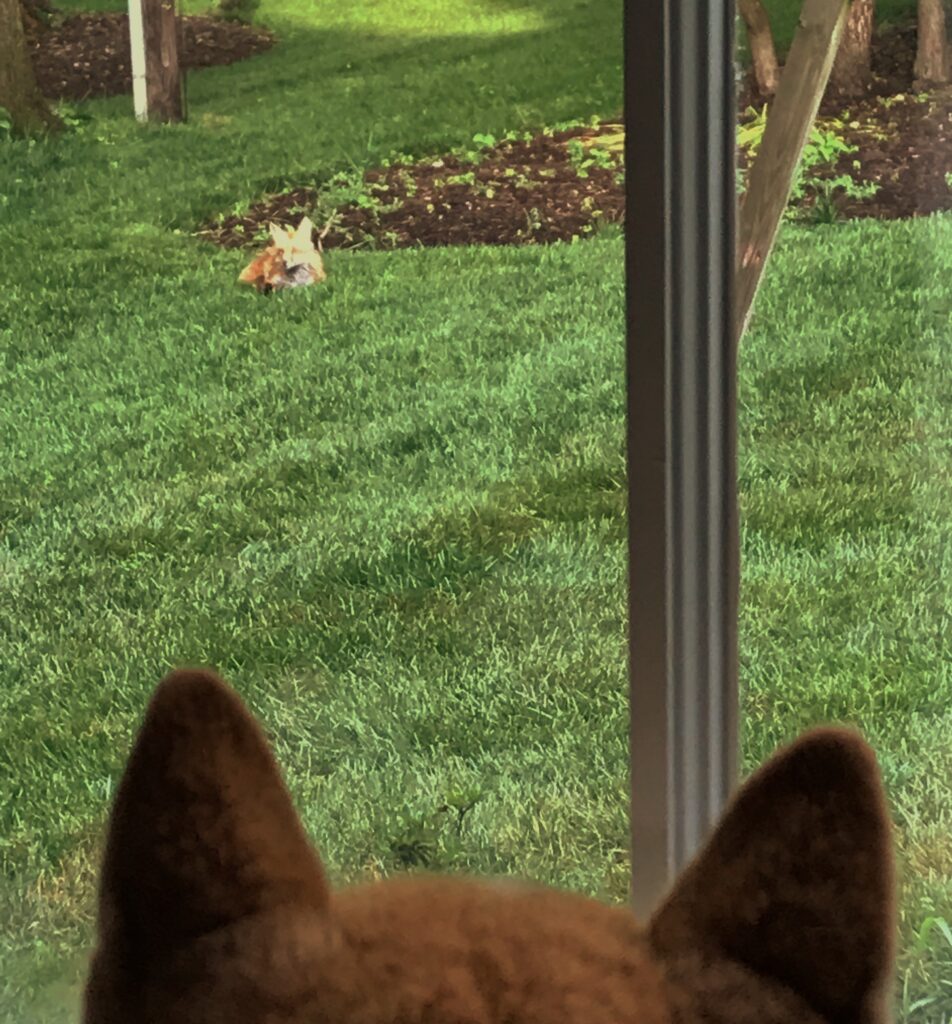
The annual Halloween joyride was on. “Come on, kids!,” beckoned Slim. Our pack is a pod, so let’s go!” This may be Kiko’s favorite event of the year. He loves nothing more than to ride shotgun with with Slim.
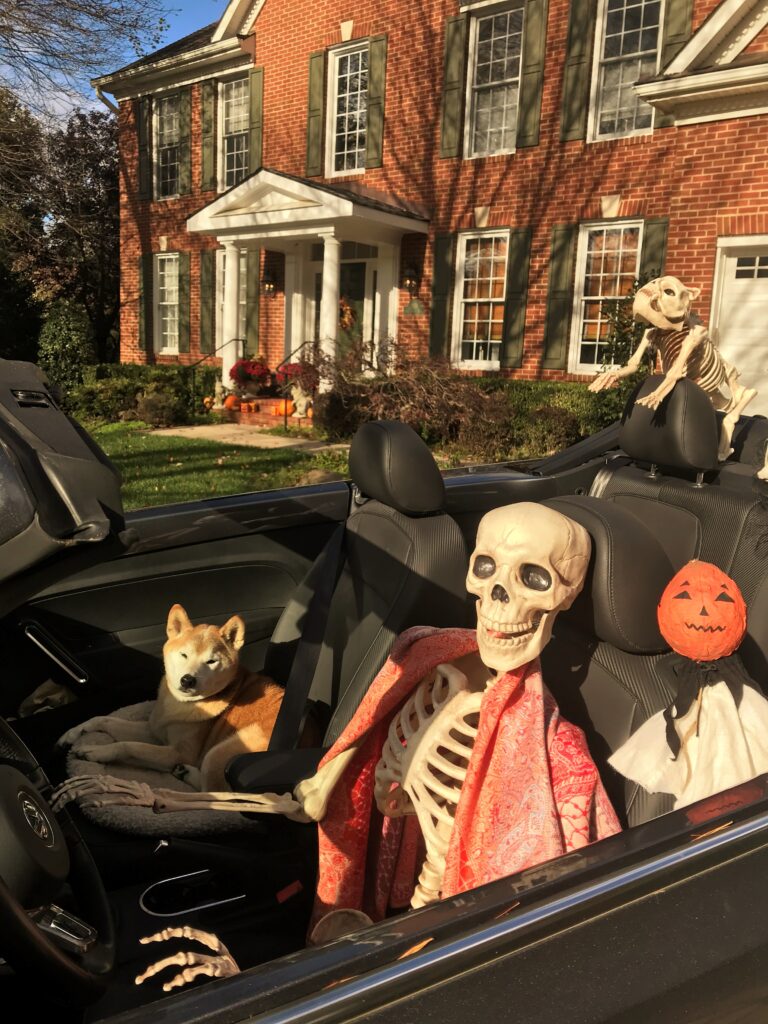
To Kiko this means settling in for a cozy doze in the passenger seat, the top down, the sun warm, the wind refreshing. He can count on Slim to take his time with the drive; this will be no quick there-and-back trip, but an unhurried, meandering cruise over roads hitherto unexplored.

I can rest assured that Slim and the gang will be back with plenty of time to set up for the Halloween festivities, which this year, thanks to the foresight and organization of young parents, involves a neighborhood parade and safely distanced candy give-aways.

Nearly every year the Halloween joyride yields some unexpected pleasure. This year it was the spotting of one of Slim’s more reclusive pals who happened to be walking along a woodsy section of road. “Trevor!” Slim yelled, braking so suddenly that the chihuahua twins Ruth and Rocky ended up atop Kiko in the front seat, briefly waking him from his nap. “I can’t believe it! Is it really you?,” asked Slim incredulously.
“Indeed, it is I. Trevor Wildermann, III, at your service,” replied the tall, hirsute figure, barely visible among the shadows.
“Unbelievable. I awaken to a covid pandemic and run into the true King of Social Distance, the original wild man himself!,” Slim exclaimed. “What brings you to the suburbs of Northern Virginia?”
“I just returned from early voting. It’s the last day for it locally. I’m a citizen now, of course. Have been for some time. My house is just there among the trees. Mostly quiet eccentric types in this neighborhood. They’re discreet. And they know not to refer to me as “Bigfoot.” The vulgarity of the common parlance offended Trevor to his core. His feet weren’t even especially big, considering his height. “I’m confident that the secret of my whereabouts is safe, unless perhaps you, Sir, decide to reveal it to some goofball at the Travel Channel. You wouldn’t, would you?”
After Slim pledged total silence regarding his friend’s Virginia residency, Trevor invited him to pull the car around back and join him on the open-air courtyard for drinks and snacks. While Kiko and the pack explored the artfully landscaped gardens and drowsed in the sun, the two old friends indulged in a leisurely catch-up. Luckily, Slim had planned the joyride for early in the day.

The two had met in Bavaria during one of Slim’s Grand Tours of Europe in an earlier century. Trevor’s family has owned and operated the historic Hotel Wilder Mann in the Danube River town of Passau since the mid-1500s. It’s his custom to spend the spring in his charming hometown, where the Easter season, very dear to his heart, is so beautifully celebrated. The covid outbreak prevented his return this year, much to his disappointment. The fortuitous encounter with his old friend offered a welcome bit of consolation.
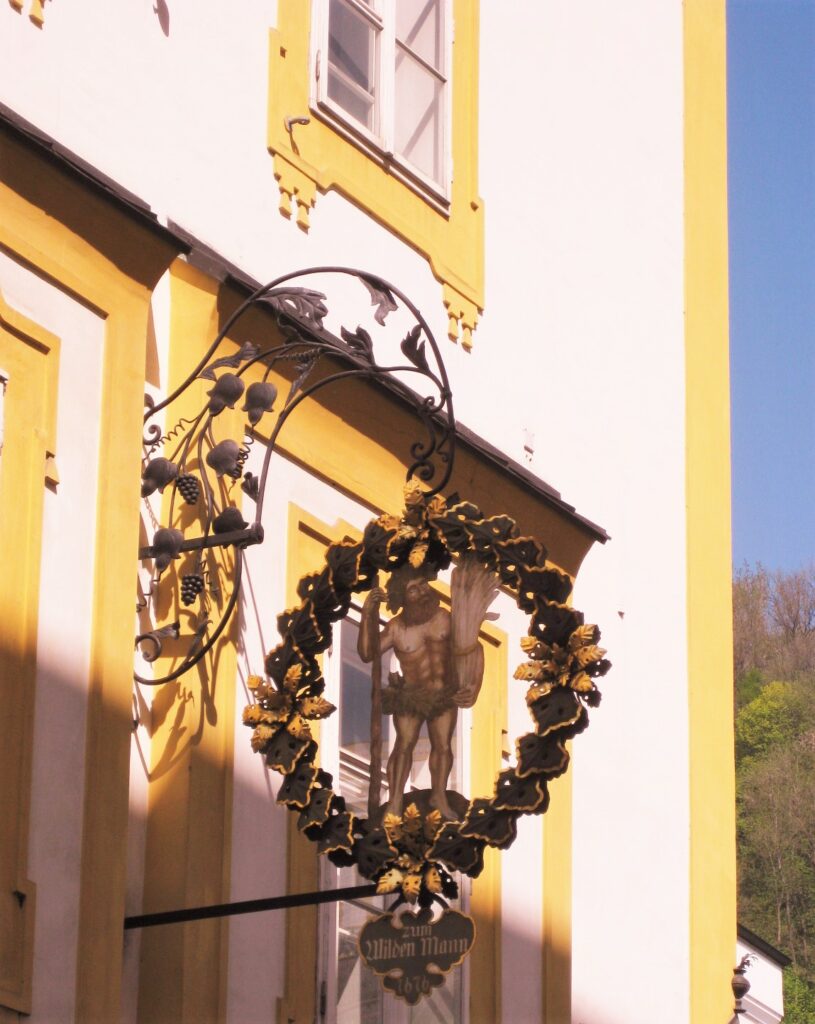
As the afternoon shadows lengthened and the pups began to get restless, Slim felt the tug of duty. It was time to get back to prepare. The two friends said their goodbyes with reluctance, yet rejoiced in knowing that this time next year, they would meet again.

Upon his return, Slim got to work. We had decided to greet trick-or-treaters from my mother’s house this year, as it’s more easily accessible for the parade. Slim placed two tables near the street on which to lay out a wide array of candy. He made sure to include goodies that the nut-allergic could enjoy. He set up chairs for everyone at the top of the driveway, so we could watch the festivities from a safe distance. Kiko, who didn’t know he’d be spared the constant doorbell ringing of a typical Halloween, had retreated upstairs earlier to his night-time bed.

Before long, the first vehicles of the parade began to approach from the nearby cul-de-sac. While there were plenty of walkers, other kids were conveyed in decoratively festooned golf carts, cars and SUVs. There were riding mowers and Radio Flyer wagons carrying puppies and toddlers. Parents and kids were masked and careful about maintaining distance between family groups. Most neighbors participated, with candy-laden tables set up at the base of driveways. The happy, expectant spirit of Halloween flourished, despite the unusual circumstances.

Slim was buoyed by the treat of seeing his dear friend, the elusive Wildermann. Even if that chance meeting had not occurred, he claimed, he would still have dubbed the evening a satisfying success. As he reclined again on the swooning bench, his mood was one of jubilant calm.
Before he retired for the night, our wise October companion offered these reassuring words: “Never underestimate life’s capacity to surprise you and to cheer you, especially when you least expect it. I’ll go back to sleep soon, and I’ll dream sweet dreams. Meanwhile, you’ll get through this thorny patch. I’ve got a good feeling about it. Cheers to 2021!”











